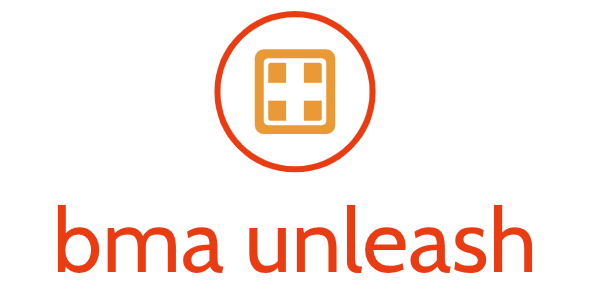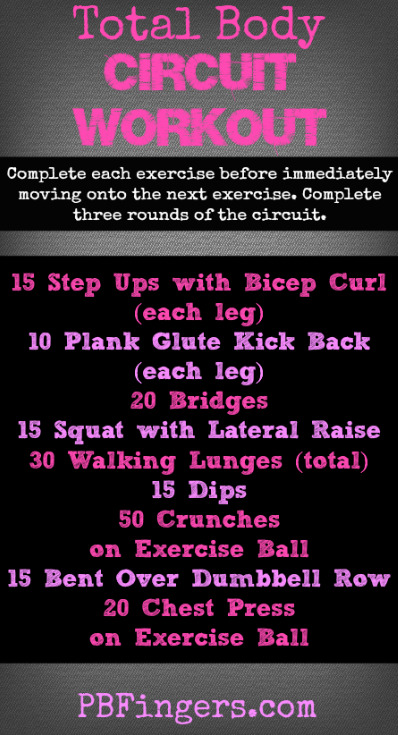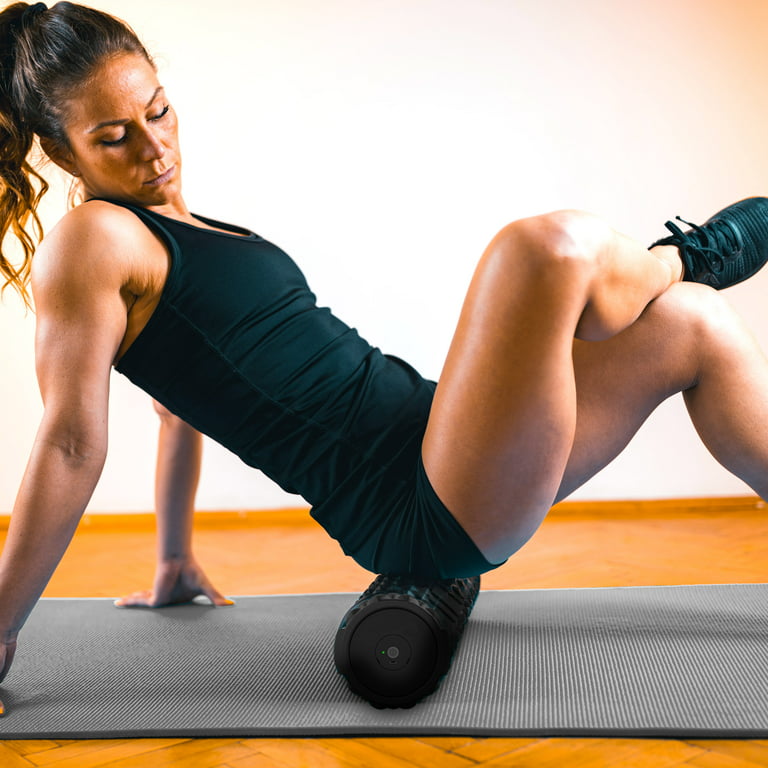Sleep – Breathing
 Sometimes, no matter how much you need it, sleep just doesn’t seem to come. Learning simple breathing exercises can help. In yoga this is called diaphragmatic breathing, and is profoundly relaxing. Using your abdomen, not your chest, breathe through your nose for three seconds, then breathe out through your mouth for three seconds. Pause for three seconds before repeating. Practice for 10 minutes each night and you may find that you don’t remember doing the last few exercises!
Sometimes, no matter how much you need it, sleep just doesn’t seem to come. Learning simple breathing exercises can help. In yoga this is called diaphragmatic breathing, and is profoundly relaxing. Using your abdomen, not your chest, breathe through your nose for three seconds, then breathe out through your mouth for three seconds. Pause for three seconds before repeating. Practice for 10 minutes each night and you may find that you don’t remember doing the last few exercises!
Research has shown that imagining a place of calm, like a favourite holiday destination, can also help speed up the onset of sleep – and has even been shown to be more effective than counting sheep. This method, called creative visualisation, is a very simple process to learn. Try lying in your bed and visualise a serene place. Imagine all the sensations that come with this place – the warmth of the sun on your skin, the bubbling sound of a mountain stream and even the sweet scent of the grass. This process can be used in conjunction with progressive muscular relaxation. Once relaxed, start focusing on your breathing, and imagining the stresses and tensions of your muscles, as a colour sensation, leaving your body as you breathe out.
Progressive muscular relaxation
This systematic indexation of the muscle groups is a useful technique for anyone who finds them self tense and agitated at the end of the day. It is a widely acknowledged fact that anxiety, stress, depression and emotional distress can all cause muscle fatigue and tightness. Work on these muscle groups and releasing contractions can therefore help ease the problems that put the tension there in the first place. A physiologist called Dr Jacobson devised PMR to achieve this state of relaxation.
Concentrate on tightening a specific group of muscles, hold the concentration and then slowly release the tension, breathing out, with a sigh as the tension ebbs away. Visualising the outward flow of stress or energy will enhance the effect. Repeat on various other muscle groups. As with any form of relaxation, the effectiveness of the technique and your sensitivity to it will improve with practice and you will soon be able to relax at will.
Meditation and visualisation can transport you to a place that is peaceful and serene, leading you toward a relaxed state of mind. Yoga sequences, such as Sun Salutation, can help you to stretch and wind down for bed – and exercise performed throughout the day aids bedtime rest, too.








